Lesser-known locations of World War II battles
World War II, a global conflict that engulfed nations, was not just limited to the well-known battlefields of Europe and the Pacific. Many are unaware of the less iconic, yet strategically significant locations where battles unfolded. These sites, often overshadowed by the more famous theaters, played crucial roles in the outcome of the war. From the icy reaches of the Arctic to the deserts of Africa, WWII’s far-reaching impact was felt in unexpected corners of the world.
The Battle That Reached the Aleutian Islands
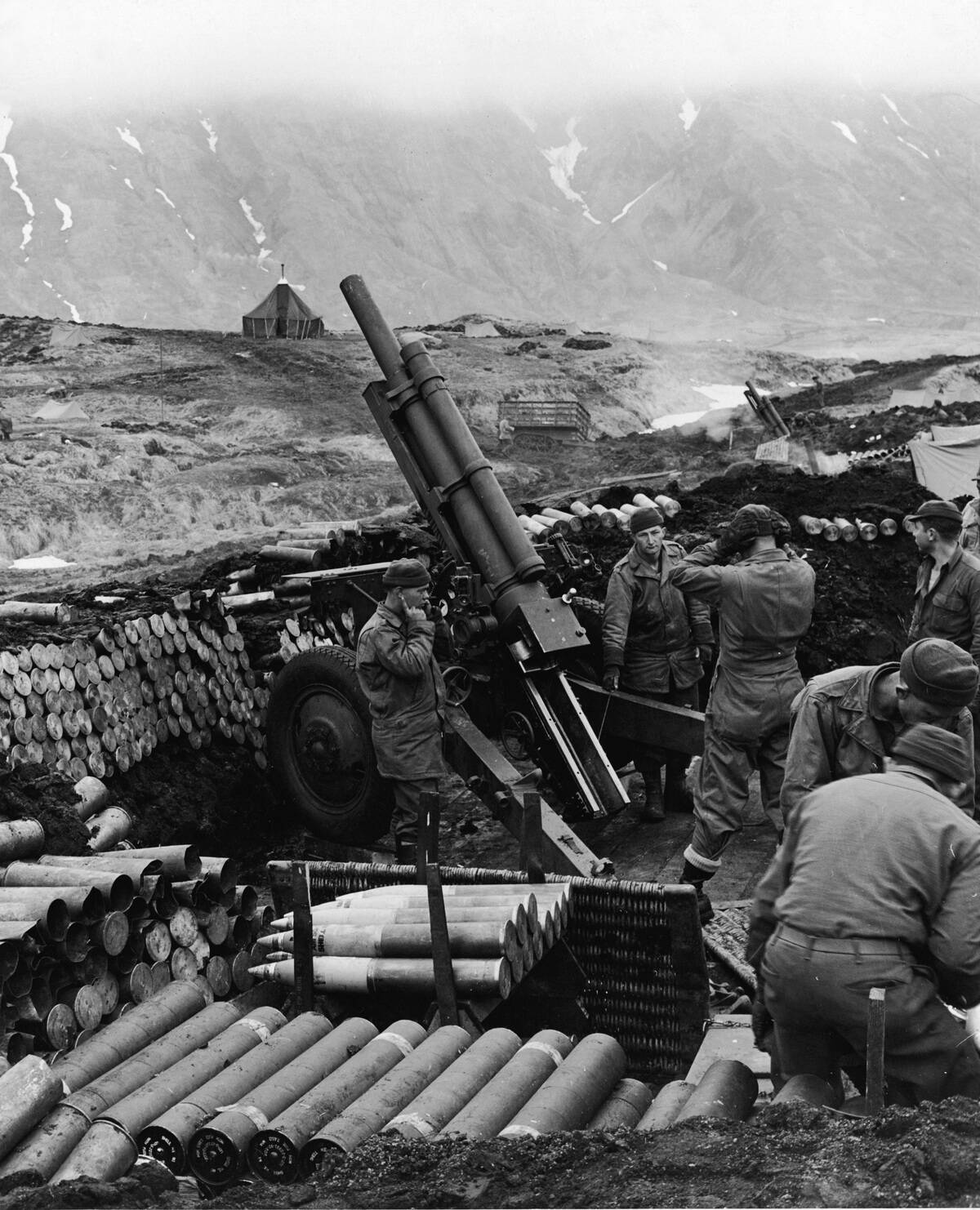
The Aleutian Islands, a remote chain in Alaska, were thrust into the spotlight during WWII when Japanese forces invaded. The Battle of Attu in 1943 marked the only land battle fought on American soil, highlighting the strategic importance of this cold, harsh region. Despite its isolation, the Aleutians were a critical point for controlling the Northern Pacific, and the conflict there proved pivotal in the broader campaign against Japan.
A Hidden Battlefield in Madagascar
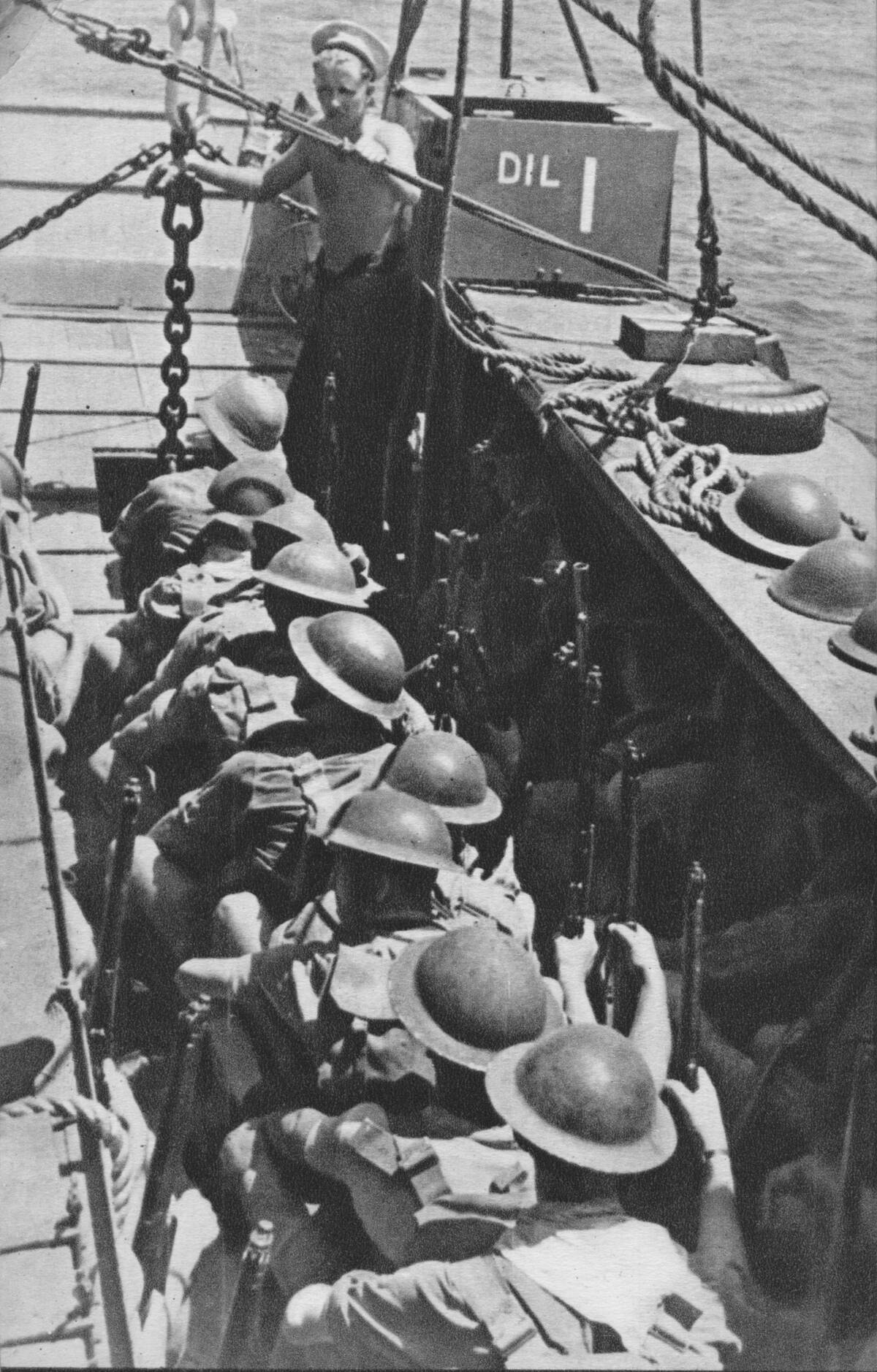
In 1942, Madagascar became an unlikely battleground as Allied forces aimed to prevent the island from becoming a base for Axis naval operations. The Battle of Madagascar, primarily involving British forces, sought to secure the island’s strategic position in the Indian Ocean. This campaign, often overshadowed by larger battles, played a crucial role in maintaining supply lines and ensuring the safety of Allied naval routes.
The Secret War in the Arctic Circle
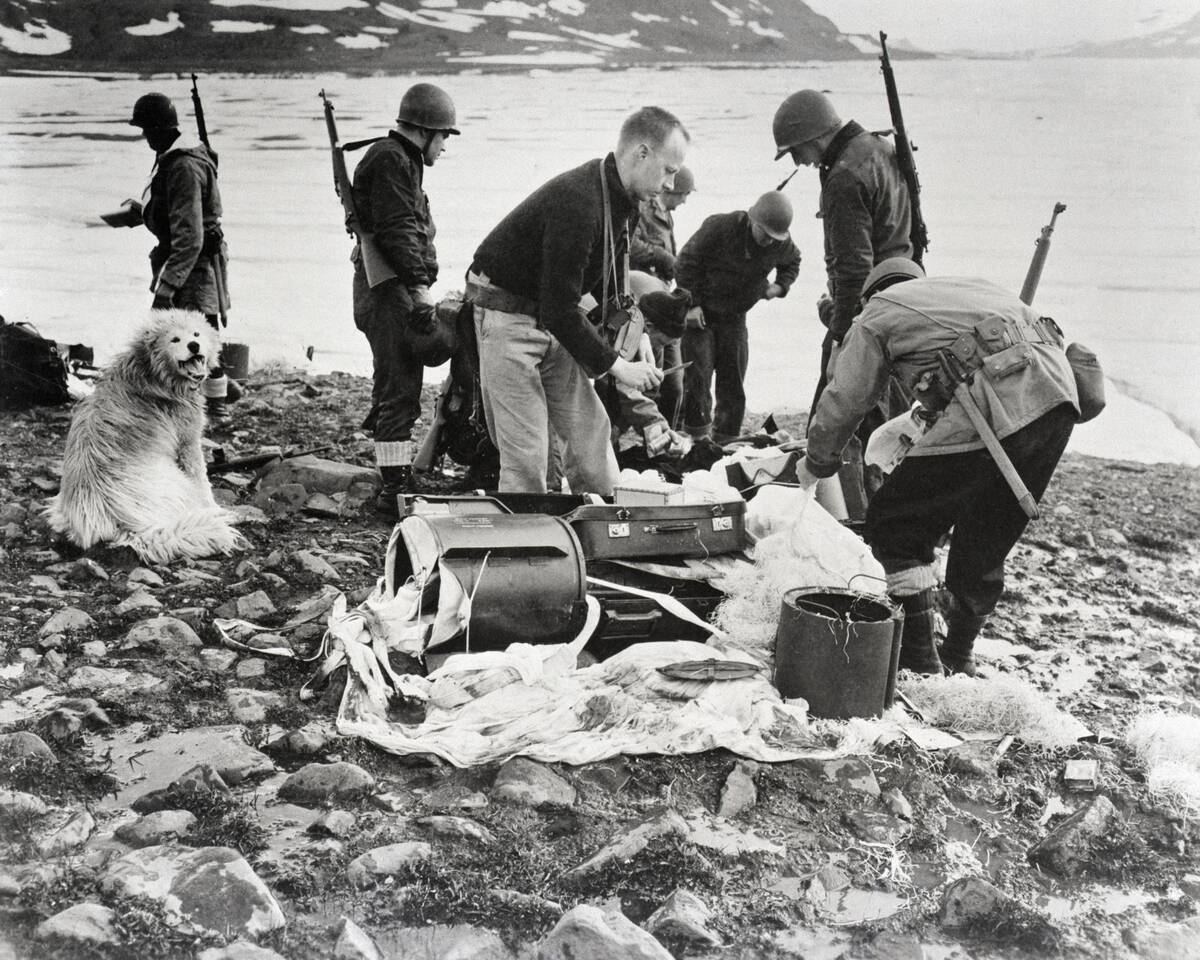
The Arctic Circle, with its extreme conditions, became an unexpected front during WWII. Nazi Germany established weather stations in this frigid region, crucial for predicting Atlantic weather patterns. Allied forces launched operations to dismantle these stations, understanding that control over weather forecasting could significantly impact naval warfare. The harsh environment added a unique layer of challenge to these lesser-known yet vital missions.
North African Desert Campaigns Beyond the Famous Battles

While the North African Campaign is often associated with iconic battles like El Alamein, numerous lesser-known skirmishes also shaped the conflict. The vast deserts provided a unique battlefield where supply lines were as critical as combat tactics. Smaller engagements, such as those in Tunisia, played a key role in disrupting Axis supply lines and eventually leading to a pivotal Allied victory in North Africa.
When the Caribbean Became a WWII Front

The Caribbean, better known for its sunny beaches, saw unexpected military action during WWII. German U-boats prowled the region, targeting Allied shipping routes crucial for the war effort. The Allies responded by establishing bases on islands like Trinidad, turning the Caribbean into a strategic front. This little-known aspect of the war highlights the global reach of the conflict, extending even to tropical waters.
The Lesser-Known Story of the Battle of the Atlantic in the South Atlantic
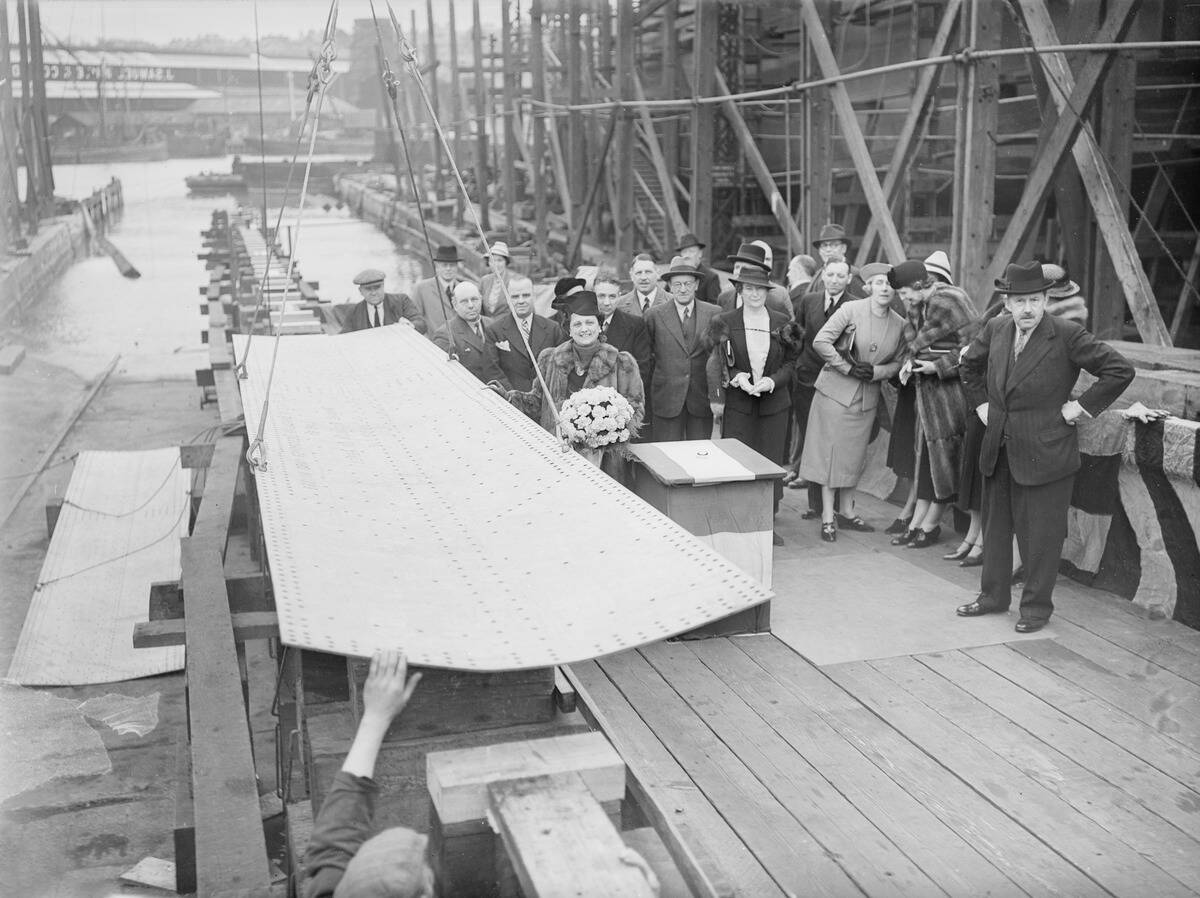
While the North Atlantic is famous for its WWII naval battles, the South Atlantic also witnessed significant naval engagements. Axis raiders and U-boats targeted shipping routes off the coasts of Brazil and West Africa. Allied forces, including the Brazilian Navy, played a crucial role in patrolling these waters to protect vital supply lines. This theater of war, often overlooked, was essential in maintaining the flow of resources critical to the Allied war effort.
The Forgotten Invasion of Iceland
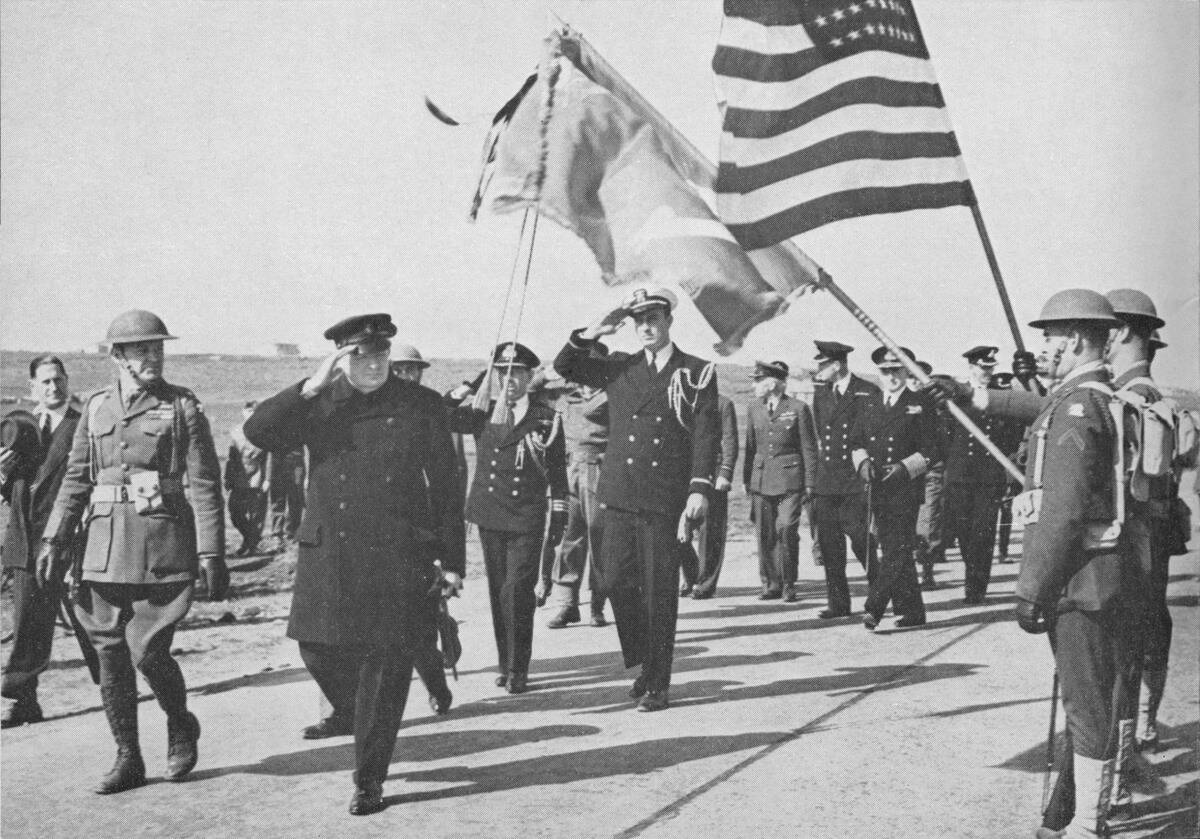
Iceland’s strategic location in the North Atlantic made it a key interest during WWII. In 1940, British forces launched an invasion to prevent a potential German occupation, which could have threatened crucial shipping lanes. The operation, known as Operation Fork, was conducted with minimal resistance and ensured that Iceland remained under Allied control, securing an important base for operations in the Atlantic.
The Silent Struggle in the Indian Ocean
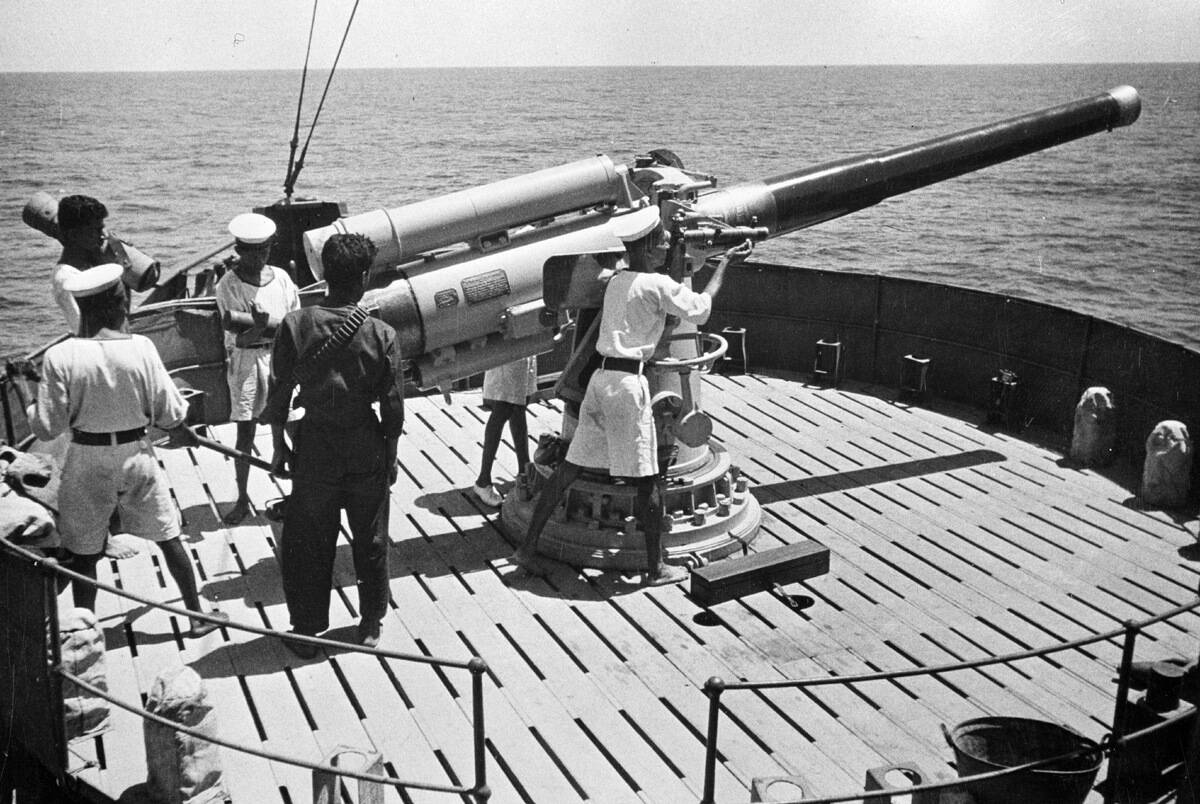
The Indian Ocean, a vital artery for Allied supply routes, saw its share of covert operations during WWII. Japanese naval forces aimed to disrupt these routes, leading to numerous engagements that often went unreported. The British Eastern Fleet, along with Allied naval forces, worked tirelessly to protect these waters, ensuring the continued flow of troops and materials critical to the war effort in Asia and beyond.
European Skirmishes in the Far East
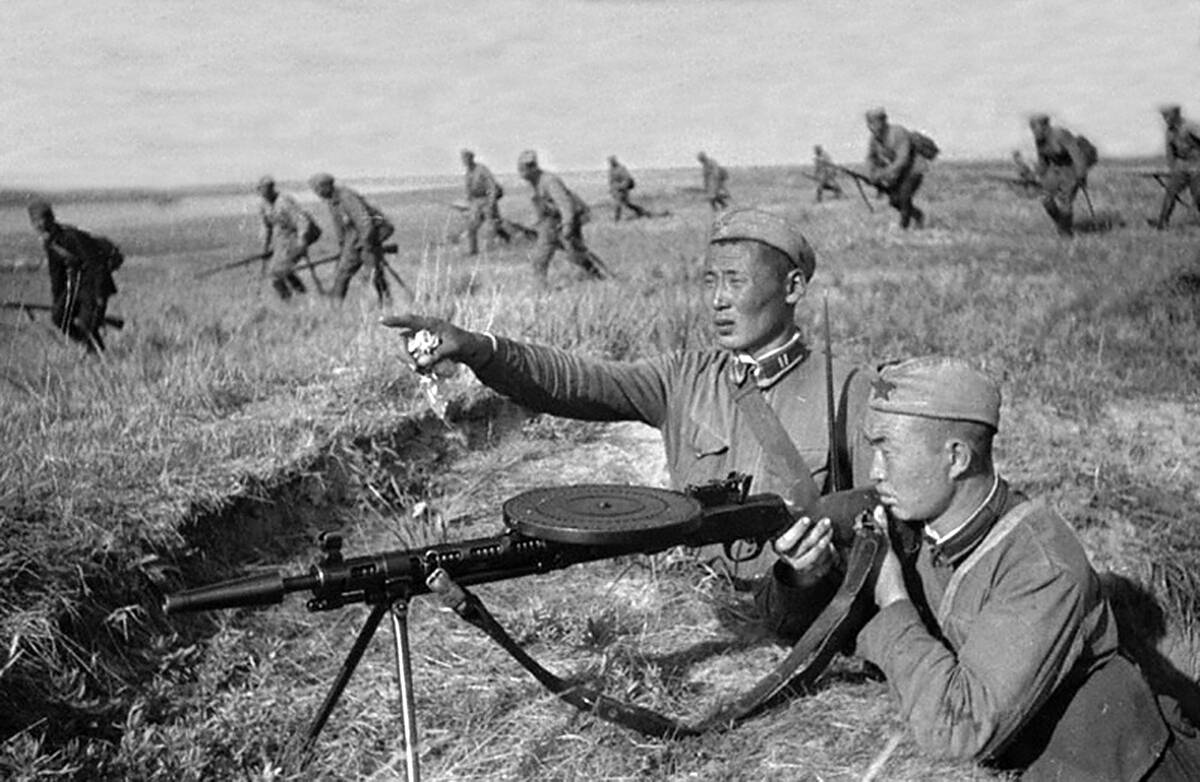
In the Far East, European colonial powers found themselves drawn into unexpected skirmishes. The Japanese invasion of Southeast Asian territories, such as the Dutch East Indies, brought European forces into conflict far from home. These battles, though less prominent than others, had significant implications for the colonial powers and their ability to maintain control over their territories in the region.
The Brazilian Expeditionary Force in Italy
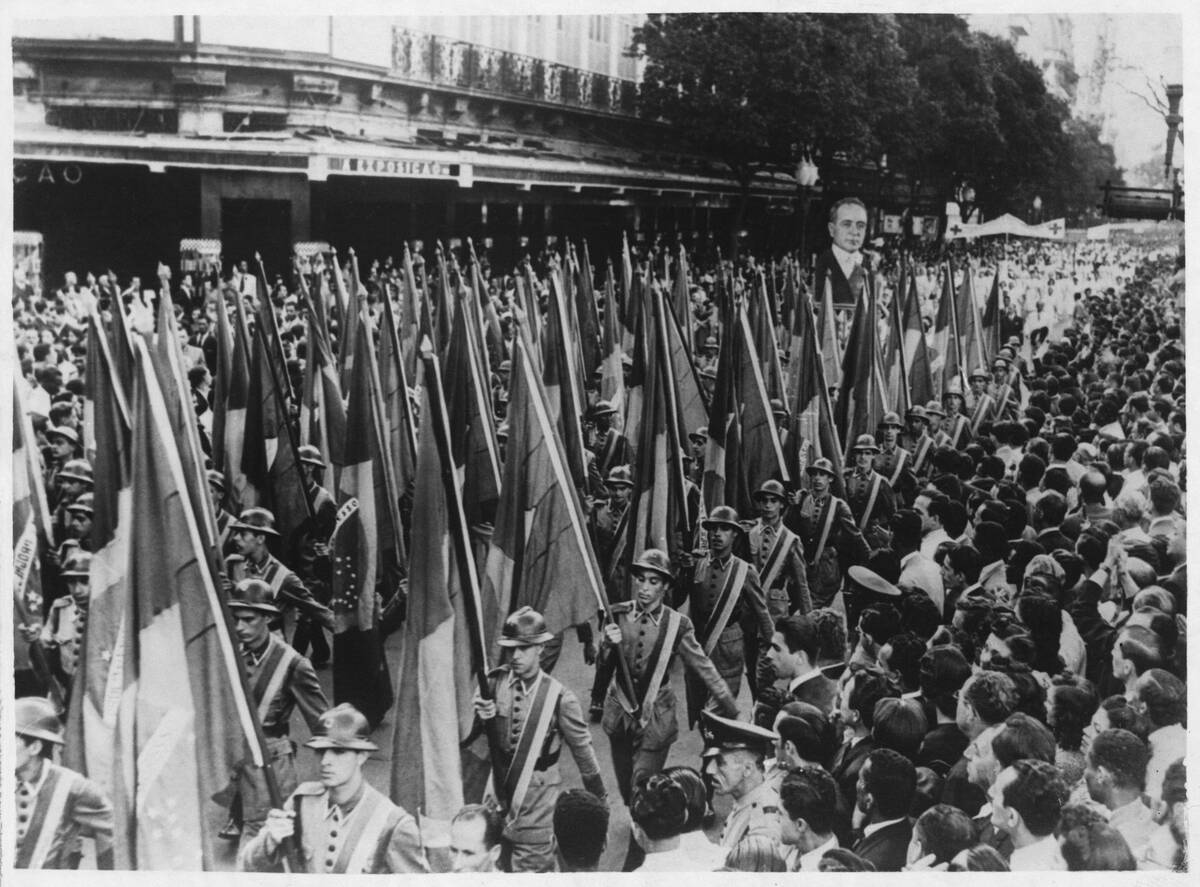
Brazil, a lesser-known contributor to the Allied efforts, sent the Brazilian Expeditionary Force to fight in Italy. Comprising around 25,000 troops, the force joined the Allies in key battles such as Monte Castello. Their contribution was vital in pushing back Axis forces and demonstrated Brazil’s commitment to the Allied cause, marking an important chapter in the nation’s military history.
The Unusual Role of Greenland in WWII
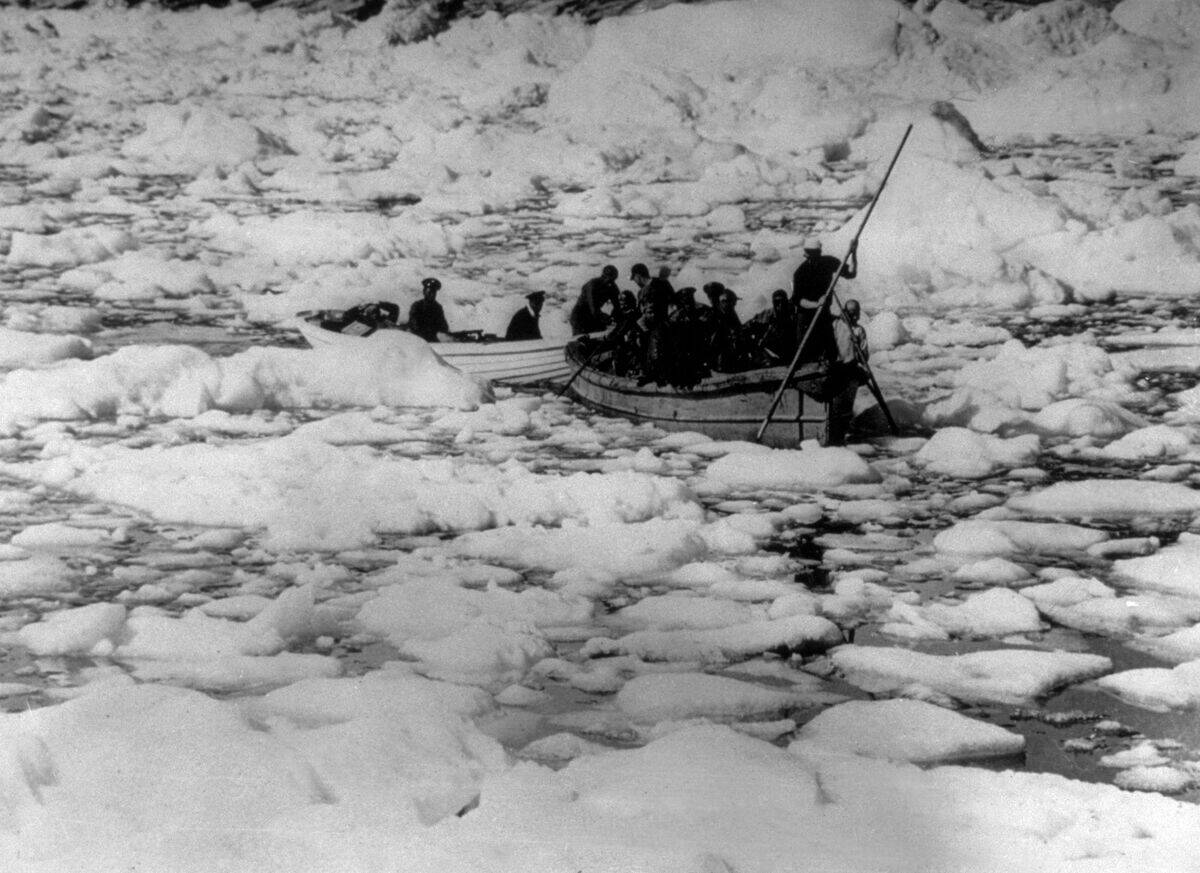
During WWII, Greenland found itself in an unusual position as a strategic outpost in the North Atlantic. The United States established bases on the island to monitor German activity and protect crucial shipping lanes. This remote location became a critical part of the Allies’ efforts to control the North Atlantic, serving as a refueling stop and weather station, vital for transatlantic operations.
The Balkans: A Hotbed of Guerrilla Warfare
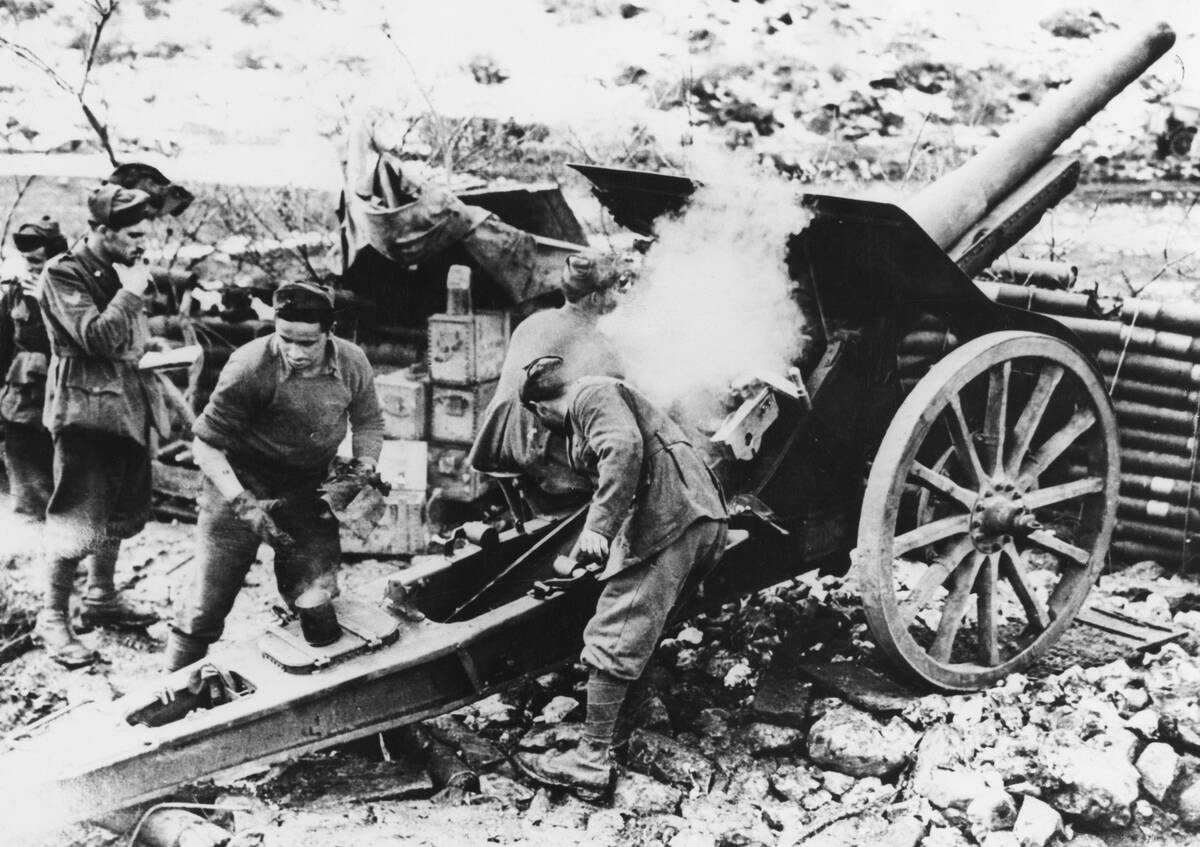
The Balkans, with their rugged terrain, became a hotbed of guerrilla warfare during WWII. Resistance movements, such as the Yugoslav Partisans led by Josip Broz Tito, engaged in fierce battles against Axis occupation forces. These guerrilla efforts not only tied down German resources but also played a crucial role in the eventual liberation of the region, showcasing the power of irregular warfare in the broader conflict.
The Surprising WWII Impact on the Middle East

The Middle East, though not a primary theater of war, was significantly impacted by WWII. The region’s oil resources became a strategic asset, leading to military operations to secure supply lines. The British and Allied forces, recognizing the importance of Middle Eastern oil, engaged in operations to protect these resources, ensuring a steady supply of fuel essential for the war effort.
The Little-Known U-Boat Campaign off the American East Coast
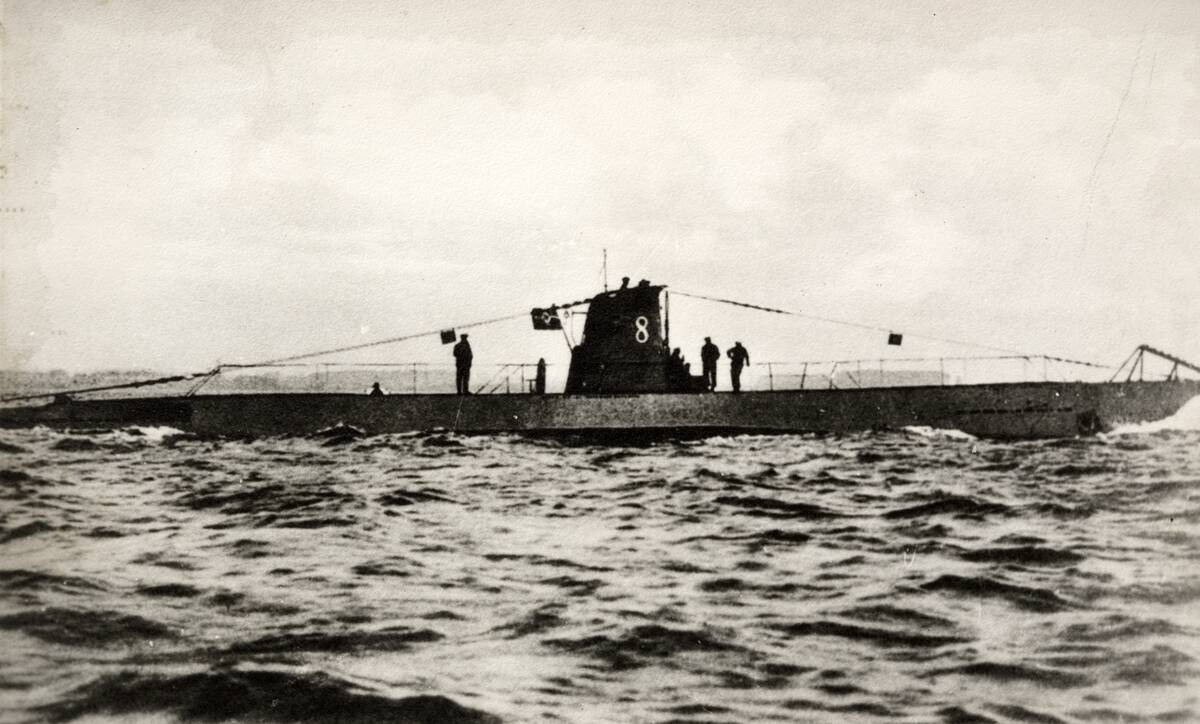
The American East Coast witnessed a surprising U-boat campaign during WWII, as German submarines targeted shipping lanes close to the US mainland. Known as Operation Drumbeat, these attacks initially caught the US unprepared, leading to significant losses. However, improved anti-submarine tactics and convoy systems eventually turned the tide, highlighting the vulnerability and resilience of American coastal defenses.
The Unexpected Fronts in the South Pacific

The South Pacific, with its vast oceanic expanses, became an unexpected front in WWII. Island-hopping campaigns, such as those in the Solomon Islands, were crucial in the push towards Japan. These operations, often conducted in harsh jungle environments, required innovative tactics and highlighted the strategic importance of seemingly isolated islands in the broader Pacific campaign.
The Role of the Great Lakes in the War Effort
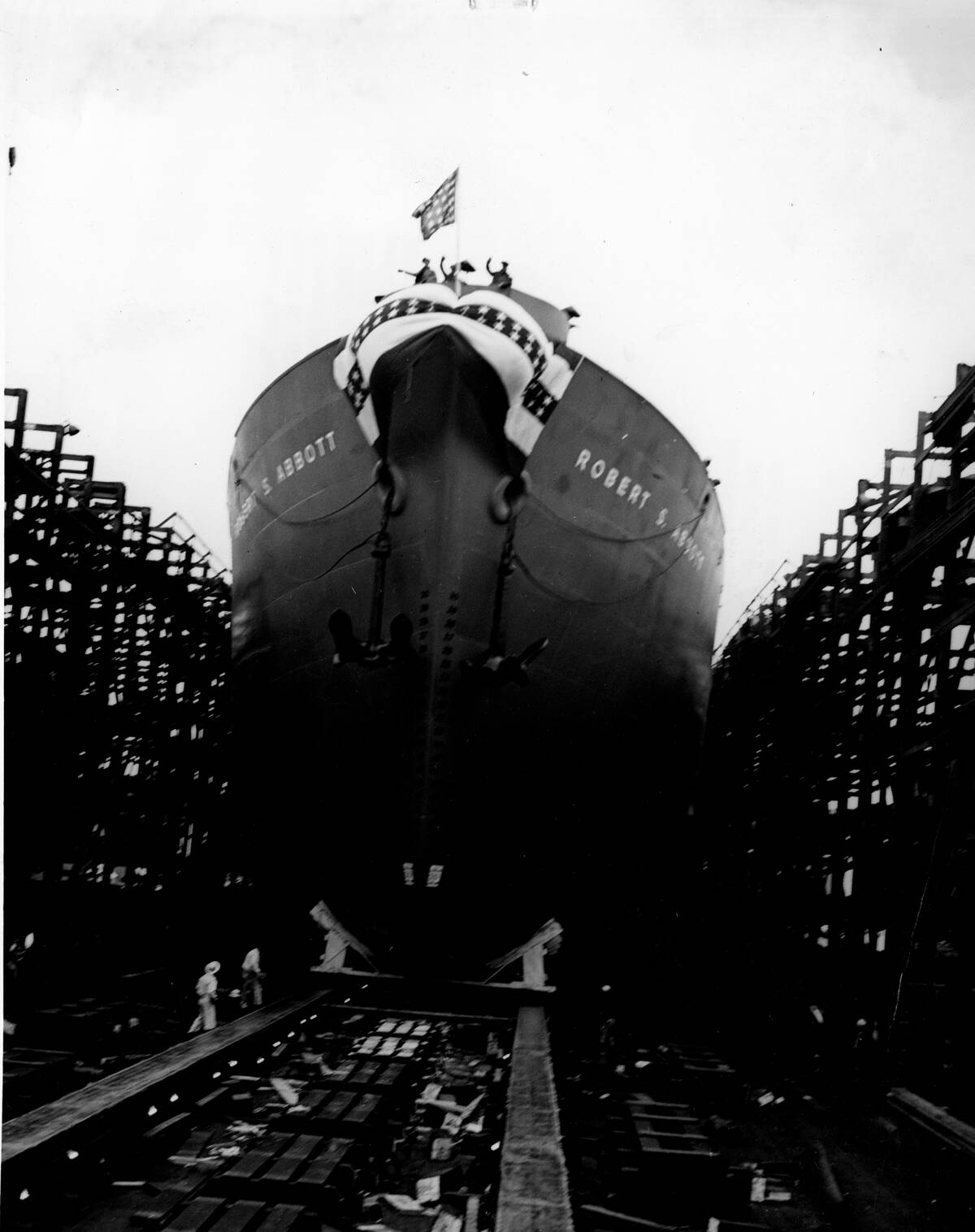
The Great Lakes, far from the frontline battles, played a significant role in the WWII war effort. Shipyards in cities like Chicago and Detroit produced vital warships and cargo vessels, contributing to the industrial might of the Allies. Additionally, the lakes served as a training ground for naval crews, underscoring their importance in preparing for maritime operations across the globe.
A Glimpse into the Secret Operations in the Caucasus
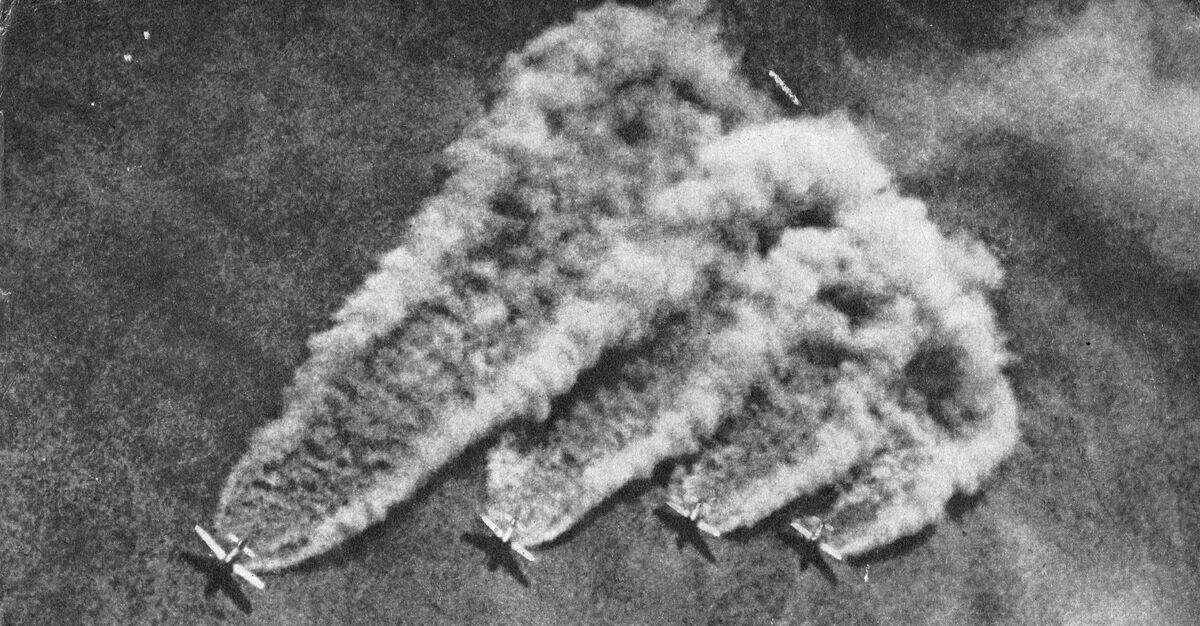
The Caucasus, a region of complex geopolitics, witnessed secret operations during WWII as both Axis and Allied powers vied for control. The Germans aimed to secure the region’s oil fields, while the Soviets conducted counter-operations to thwart these efforts. This strategic tug-of-war, often overshadowed by more prominent battles, was crucial in determining control over vital resources that fueled the war effort.



